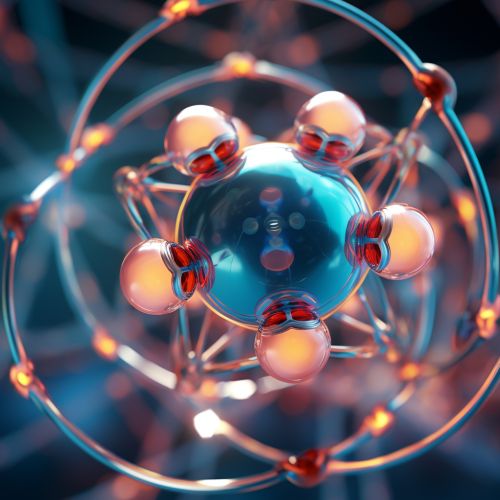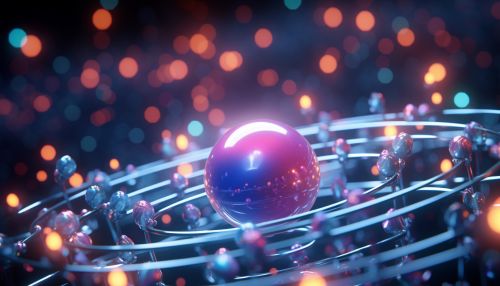Atomic Number
Introduction
The atomic number, also known as the proton number, is a fundamental property of an atom that distinguishes one chemical element from another. It is denoted by the symbol Z and represents the number of protons found in the nucleus of an atom. The atomic number is a unique identifier for each element and plays a significant role in determining the chemical properties of an element.


Historical Development
The concept of the atomic number was first proposed by the British physicist Moseley in 1913. His work on X-ray spectra led him to the conclusion that each element's identity is determined by the number of protons in its nucleus, not by its atomic weight as previously thought. This discovery, known as Moseley's Law, revolutionized the periodic table by arranging elements in order of increasing atomic number rather than atomic weight.
Atomic Structure and Atomic Number
An atom is composed of a nucleus, which contains protons and neutrons, and an electron cloud that surrounds the nucleus. The atomic number is equal to the number of protons in the nucleus. Since the charge of the electron (negative) is equal and opposite to that of the proton (positive), the atomic number also indicates the number of electrons in a neutral atom.
Importance of Atomic Number
The atomic number is crucial in determining the chemical properties of an element. It dictates the element's position in the periodic table and its behavior in chemical reactions. Elements with similar atomic numbers tend to exhibit similar chemical properties, a pattern known as the periodic law.
Atomic Number and Isotopes
Isotopes are variants of a particular chemical element that differ in neutron number, and thus in atomic mass, but not in atomic number. All isotopes of a given element have the same number of protons but different numbers of neutrons. This means that while isotopes of an element differ in mass, they exhibit the same chemical behavior.
Atomic Number and Ion Formation
An ion is an atom or molecule that has gained or lost one or more electrons, resulting in a net electrical charge. Despite the change in electron number, the atomic number of an ion remains the same as that of its parent atom, as the number of protons does not change during ion formation.
